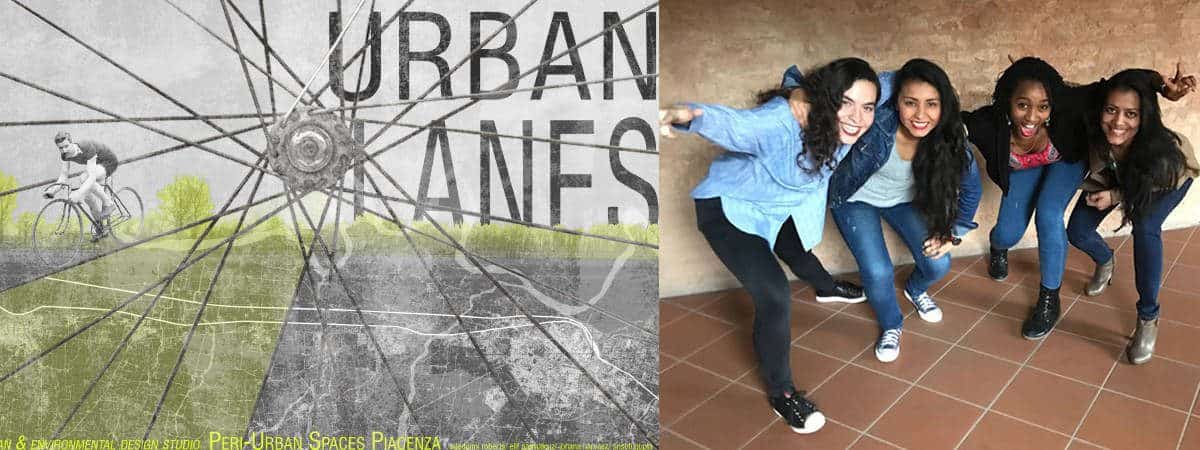Urban Lanes was founded by an all-female team of four from different parts of the world. The team consists of – Adedunni Roberts from Nigeria, Srishti Gupta from India, Elif Parmaksiz from Turkey and Johana Narvaez from Columbia. They are Masters of Architecture students, studying Sustainable Architecture and Landscape Design at the Politecnico di Milano, Italy.
According to Adedunni, Urban Lanes is an urban scale project that is aimed at addressing the basic need for connectivity through slower forms of mobility such as the use of bicycles and e-cars, which will lead to the transformation of a linear situation between cities into a concentration of activities and programs linked with their surroundings.
The Urban Lanes team considers that the growth rate of sprawls and infrastructure in cities will pose a mobility challenge in the near future.
Adedunni posited that “Infrastructure is always crossing fields and nature, without really considering the speeds at which an individual might want to cross it. For someone on a bike, the highway doesn’t really have an option to stop and admire.”
The infrastructure design of Urban Lanes provides a clear demarcation for different modes of transportation and is biased to encourage green transport technologies. As such, we will see the use and designs of highways change very soon.
Italy will be the first beneficiary to Urban Lanes. The team will transform the 32km stretch between the cities of Piacenza and Castel San Giovanni within the next 15 years. Small elements like solar panels covering the path (giving shade and producing energy) and the introduction of ‘hubs’ along the route that adds further attraction to the infrastructure, charging hubs for e-cars, water hubs promoting water activities on rivers along the corridor and other leisure activities are in consideration.
The project aims to make infrastructure a stitch in the land rather than a rip that ignores the surrounding it crosses.

